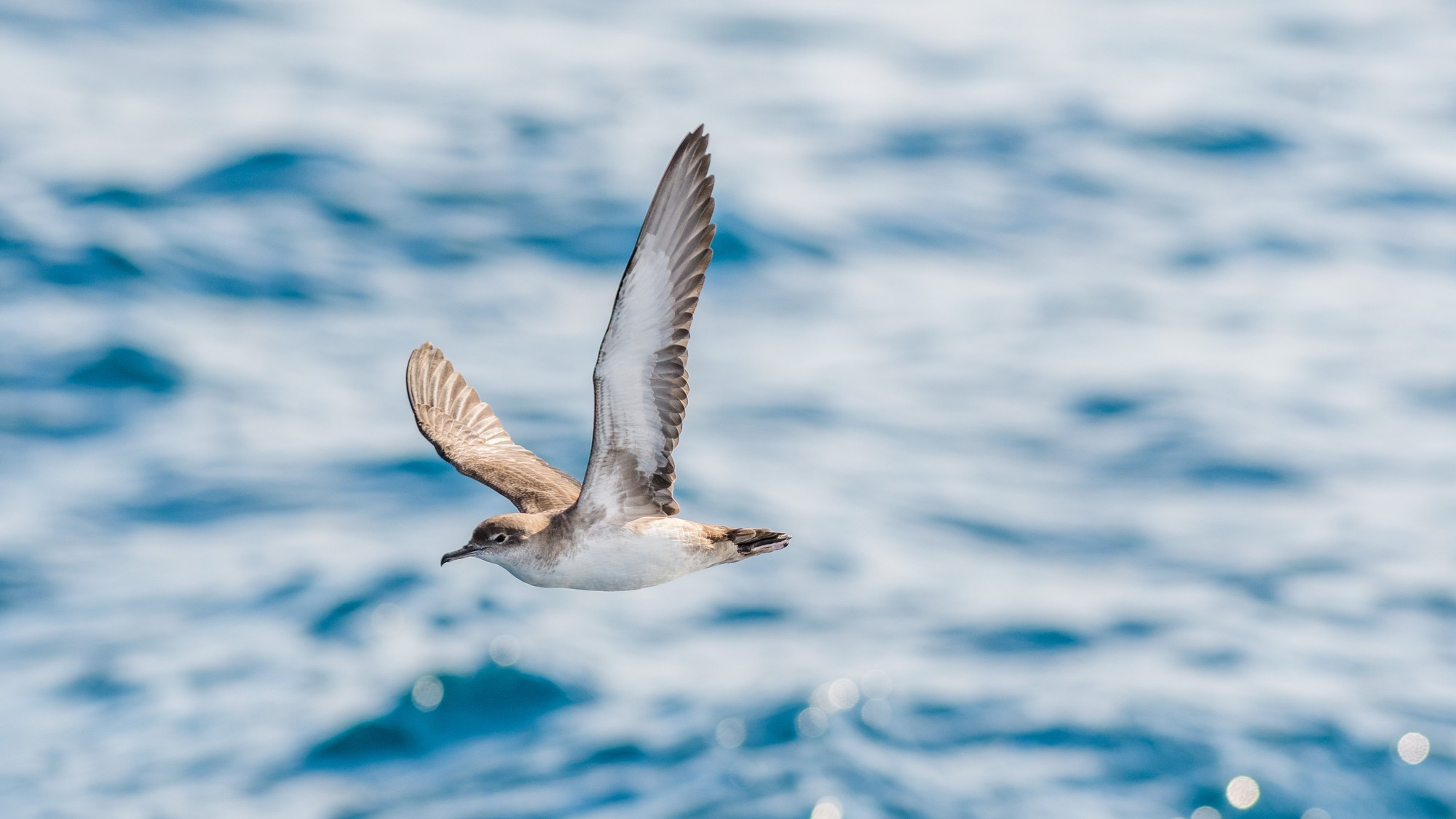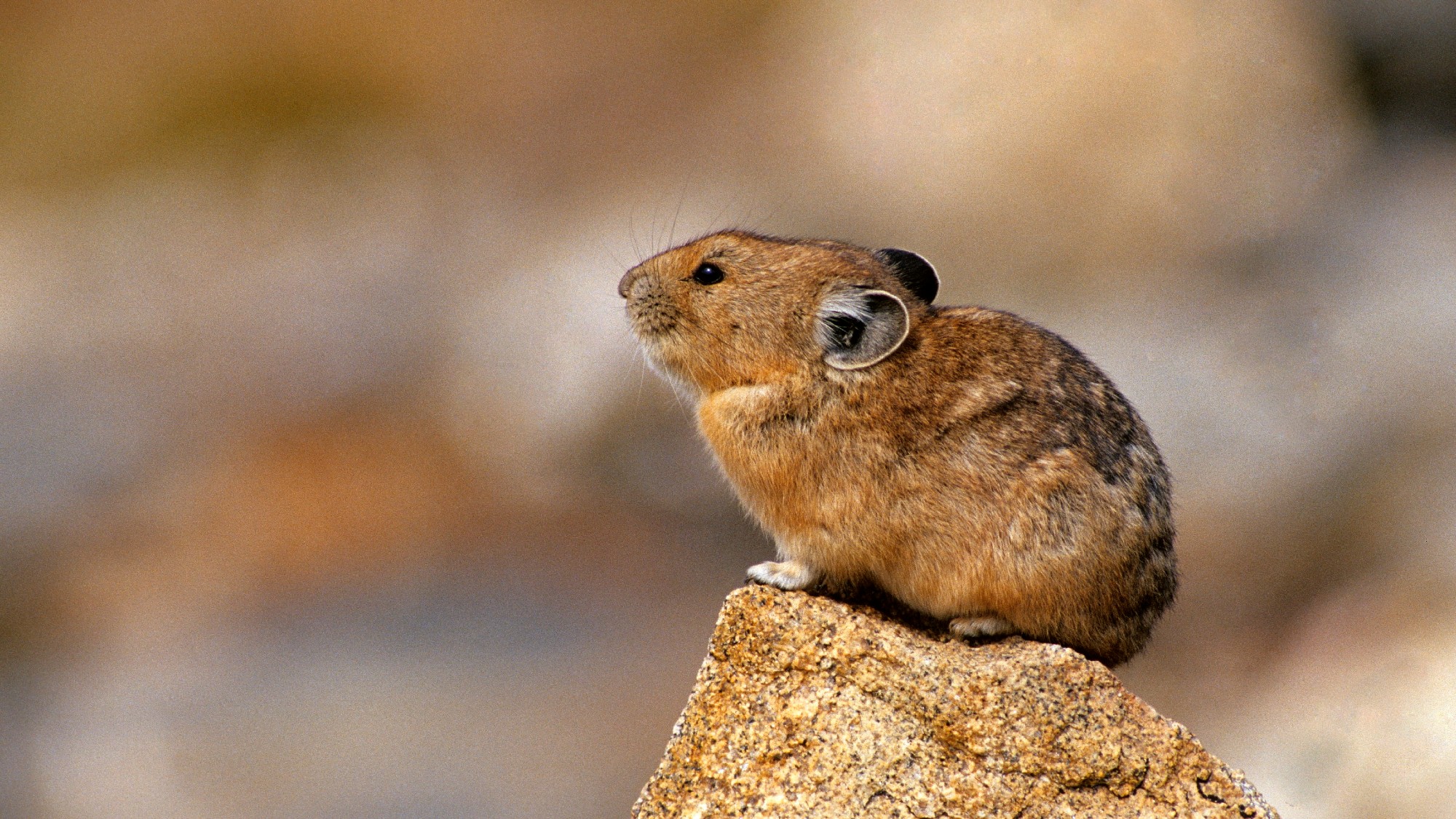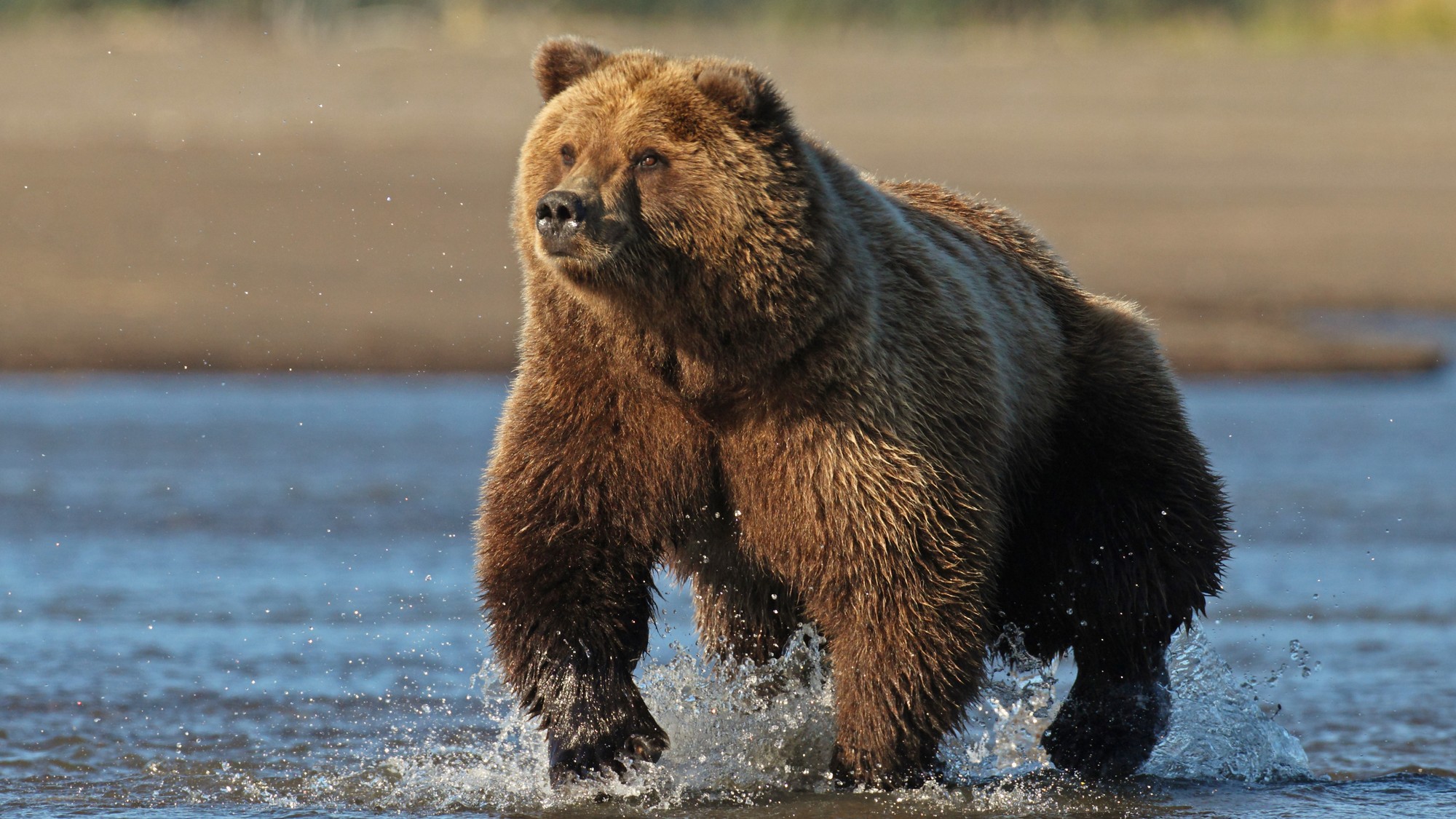Animals, like humans, are experiencing the effects of climate change, with many species at risk of extinction. The good news is that some animals have been showing signs of adaptation and are changing their ways in order to survive in a shifting climate. Some of those survival methods include morphing body sizes and characteristics, migratory patterns and diet. Here are a few of those transforming animal species.
Balearic shearwater

The Balearic shearwater (Puffinus mauretanicus) is an endangered migratory seabird that has been migrating further north, according to a study published in the journal PNAS. The research “suggests that animals may possess more behavioral adaptability to respond to climate changes than previously believed,” said Earth.com. However, “this adaptability might come with hidden costs, leaving the long-term effects on the Balearic shearwaters uncertain.”
“We found that the best predictor of this change in migratory behavior was the average sea surface temperature in the summering grounds, suggesting that the birds may well be following changes in underlying marine resources,” Joe Wynn, the co-lead author of the study, said in a statement. “The fact that individuals can be this flexible in the face of rapid climate change is encouraging.”
American pika

The American pika (Ochotona princeps) is a “greyish-brown, rabbit-like creature the size of a grapefruit and nearly as round,” said the BBC. They live primarily in “cool mountainous environments in piles of broken rock, called talus,” Andrew Smith, a professor emeritus of life sciences at Arizona State University, said in a piece for The Conversation. The animals have always been considered at risk for climate change, but research shows they may be surviving better than expected.
“In an era defined by change and adaptation, new research suggests they might benefit from an unusual strategy – do nothing,” said the BBC. In taluses, the temperature is often around 4 degrees Celsius cooler than surrounding areas, and the animals only have to venture out a few feet for food. “Pika populations appear to be secure in their core range — the mountains of western North America that have large and fairly well-connected talus habitat,” said Smith. “In these areas, they can move from one habitat patch to another without having to pass through areas that are dangerously warm for them.”
Dragonfly

Some male dragonflies (Anisoptera) have a waxy coat on their wings which helps to keep them cool while pursuing mates in a warming climate, according to a study published in the journal PNAS. One form of dragonfly mating “involves males perching in a well-lit position, which allows females to get a good look at them. It is an “approach that can lead to an increased body temperature for the male,” said Phys.org. “The wax prevents body moisture from escaping, preventing overheating.”
The coat is a “bright, waxy, UV-reflective ‘pruinescence,'” and it “forms a thick, frosty-looking layer that can cover the whole body,” said Science News. The data also found that “waxless dragonflies are more likely to disappear from areas that are most rapidly warming and drying.”
Kodiak brown bear

The Kodiak brown bear (Ursus arctos middendorffi) lives in the Kodiak Archipelago of Alaska and is a relative of the grizzly bear. Warming temperatures have shifted food seasons for the bear, according to a study published in the journal PNAS. “At the height of spawning season, just as salmon numbers began to peak, the bears suddenly stopped fishing and disappeared from the streams,” said the BBC. “Researchers followed them uphill and immediately saw what had drawn the bruins away from their fishing grounds: berry season.”
Kodiak bears are omnivores and are no strangers to eating berries, although salmon have much higher protein content. Eating berries seems like a poorer nutritional choice. But “brown bears that eat a diet of around 17% protein gain much more weight than those that eat more or less protein,” said Carbon Brief. “Red elderberries are unique in that they contain almost the perfect amount of protein (~13%), so although they contain less energy than salmon, they probably allow bears to gain more weight than they can eating salmon,” lead author of the study, William Deacy, said to Carbon Brief.